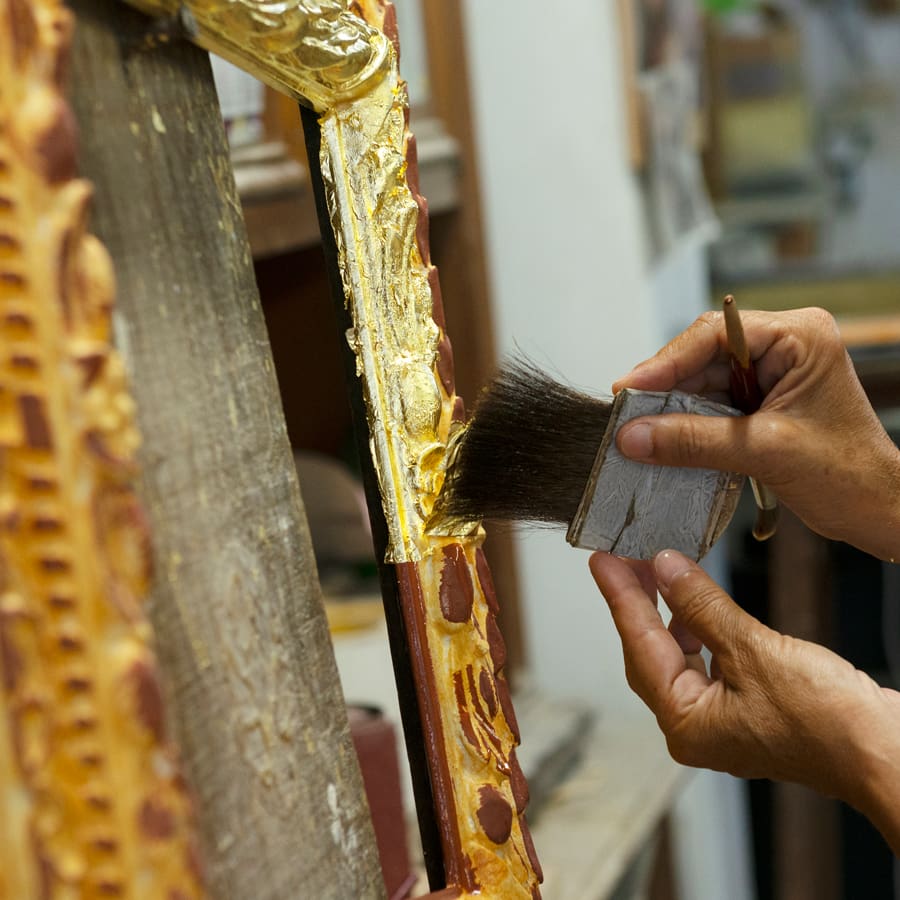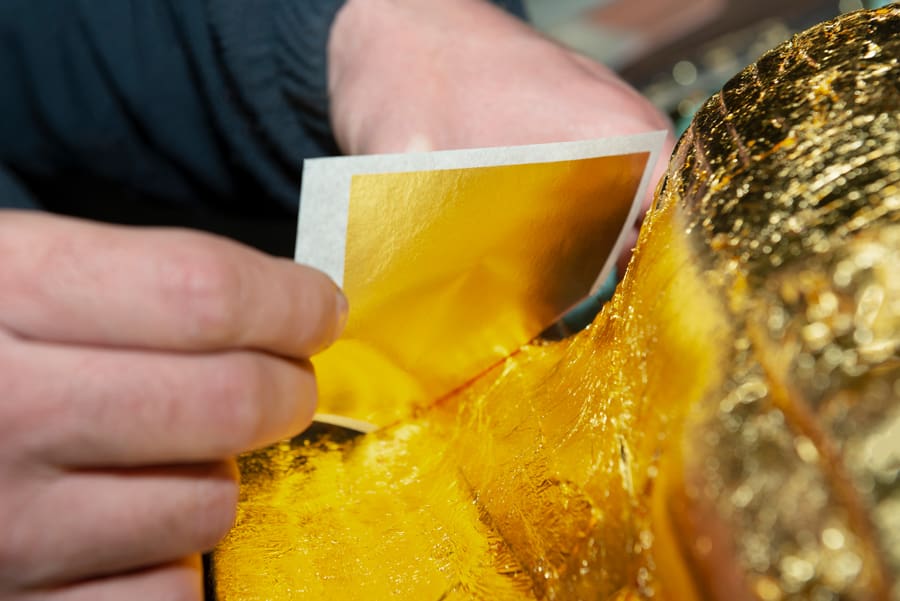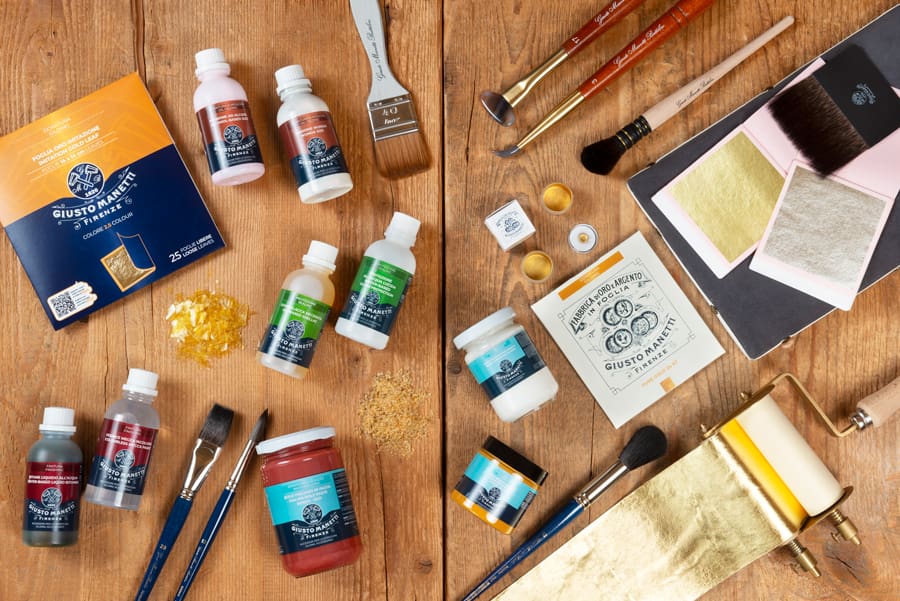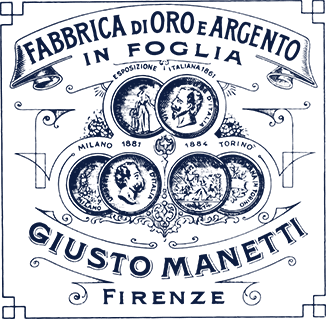Gold, amid decorative stylistic choices, is among the brightest, most distinctive and obviously precious. We immediately associate it with statues and domes, icons, or church ceilings and historic buildings. It is also the protagonist of ancient frames in museums, emphasizing and enhancing the preciousness of the paintings they accompany. Yet its use is more current than ever: an elegant mirror framed in gold, for example, is now a trendy piece of furniture, both in shops and at home.
Decorate it yourself? Of course you can, with some simple precautions: after all, such a precious material requires an equally careful application, for an impeccable, highly exclusive effect!
We have identified 5 of the most common mistakes that can be made when applying gold leaf and which you should therefore avoid.

-
-
An imperfect surface
The final effect we want to achieve after gilding is a smooth and even surface, to the point that it will look like a single, large sheet of gold leaf.
In order to obtain this result, it is important to carefully check the surface to be coated, ensuring that it is free of imperfections. A metal surface, for example, may retain old traces of oxidation, which are important to remove.
For wooden elements, on the other hand, it is necessary to apply shellac, a solution that seals the pores, ensuring a smooth and even surface. -
Touching the leaf with your fingers
Do not handle gold leaf with your fingers: you risk damaging it, making it unusable!
The correct use of gold leaf involves these three steps (and these three tools):- gently open the booklet and place it on the gilding pad;
- accompany the leaf onto the pad with a gilding knife. Blow lightly: it will be of great help!
- apply the leaf using one of our brushes, which is quite useful for ensuring it adheres well to the surface.
Or, opt for the Decalco leaf, a type of leaf that is easier and faster to apply: it is placed on tissue paper and is protruding and removable from the booklet that contains it.

-
Not taking into account the characteristics of the location
Indoor or outdoor? The difference is significant. In outdoor applications, i.e. subject to temperature variations, humidity and atmospheric agents, the use of low carat gold leaves is absolutely not recommended. In fact, in these conditions the risk of oxidation increases considerably, reducing the resistance of the coating while compromising the aesthetic and functional stability of the intervention carried out.
-
Not applying the right protection
We have talked about the importance of protecting gold leaf in this article.
Essentially, if not properly protected, gold leaf can oxidise or get scratched. Using protection is not essential for all gold leaves, yet it is necessary for those applied outdoors or with a lower carat.
We have dedicated an entire section to the various types of protectors on our e-shop. -
Not considering the type of gilding
We have included this final point, but it is the first aspect to analyse for an impeccable result. Do you want to gild an icon? Or are you about to embellish a wooden object? Or how about a sign in a shop window?
All these projects share the same goal, that is, to achieve perfect gilding, yet each poses different conditions that must absolutely be taken into account.
Our website organizes products by type of use and objective, accompanying each with its characteristics: search based on your needs, and you will find the solution you are looking for.
-

It’s no coincidence that gilding is called an art, but we hope this little guide will help you avoid the most common mistakes that could end up compromising your work.
Often the best thing to do is to take the necessary time to analyse the context and the type of gilding you intend to carry out, along with the relevant needs. This will make it easier to identify useful products and undertake your project with more confidence.
Have any other questions? Write to us!






 Subscribe to our newsletter and get an instant discount on your first purchase in our online shop!
Subscribe to our newsletter and get an instant discount on your first purchase in our online shop!